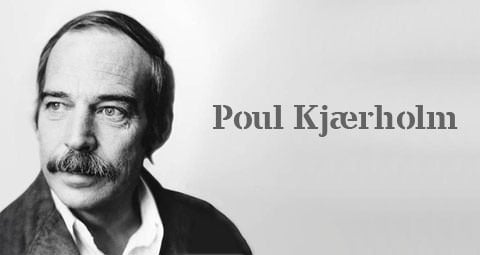Poul Kjaerholm - Cabinetmaker to Modernist Icon - Part Four
The PK 22 was clearly a continuation of his PK 25 design but also a refinement on that idea by using less structural material. Two lengths of bent steel form each side of the frame which are then connected underneath the seat by dual, curved, flat steel struts. A canvas cover/sleeve was then pulled on to the frame providing the resulting tension in the cloth needed to support the body. By removing the need for a cross-bar at the edge of the seat and back, Kjærholm had provided a much more comfortable seating experience. A leather covered version was introduced later along with a hand-woven cane seat.
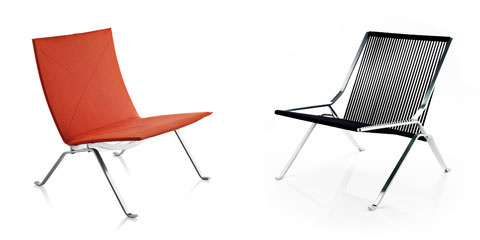
The PK 22 Chair (left) and the PK 25 Chair
The PK 61 was designed as a companion to sit with the PK 22 and was surely modelled on Mies van der Rohe’s Barcelona Table. But, although formed of the same materials (flat steel and glass), Kjærholm re-engineered the idea by lowering the top surface and positioning it inside an asymmetrical frame. The small tabs that are positioned at the top of each leg not only stop the top surface from moving around but also provide a little character, and with the introduction of alternative top finishes such as marble, slate or granite; another dimension could be added to the overall aesthetic.
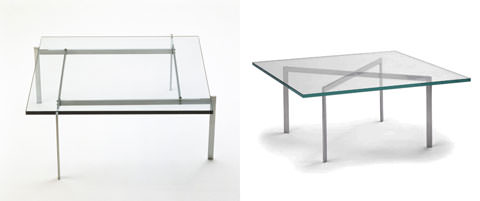
The PK 61 Table (left) and Mies van der Rohe's Barcelona Table
There was another, small feature within these latest designs that would go on to become a key motif seen throughout Kjærholm’s work – the Allen bolt.
Steel was fast becoming Kjærholm’s material of choice and using the Allen bolts to connect the frames of his designs allowed him to avoid the, sometimes, imprecise process of welding. It also fulfilled his desire to show how the frames were connected, thus providing a clear legibility to his designs, and led him towards creating his first work desk and compatible chair – the PK 55 and PK 11, which appeared in 1957.
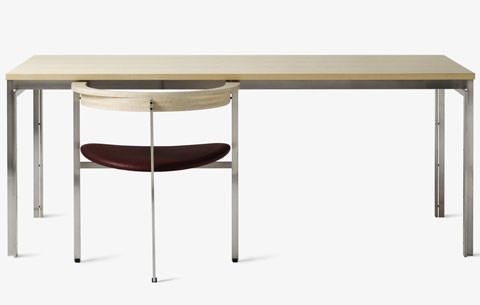
The PK 55 Table with the PK 11 Chair
The simple looking build of the PK 55 Table belies a much more interesting design than is apparent at first glance. The steel base frame is actually composed of four lengths of flat steel, intersecting at each corner, with the short end leg propping up the longer, width-spanning leg. Each leg element is held together yet simultaneously pushed slightly apart with Allen bolts to give the base frame an even lighter profile and also to reveal the four separate planes. The top is offered in ash wood.
[caption id="attachment_1796" style="text-align: center;" width="480"]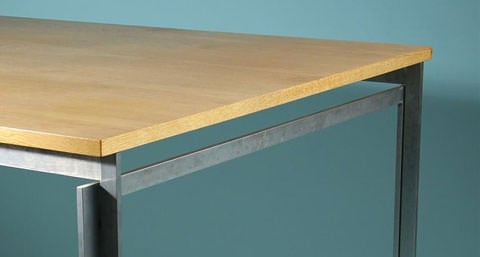 The perpendicular planes of the flat metal legs are held fractionally apart by allen bolts[/caption]
The perpendicular planes of the flat metal legs are held fractionally apart by allen bolts[/caption]
The frame of the PK 11 Chair is symbiotically formed of four lengths of flat steel: three legs and one cross-bar to support the leather upholstered seat pad. The three vertical lengths are held together with an elegantly curved back/armrest shaped from a wedge of layered, laminated ash wood which, height-wise, sits just under the lip of the table top but meets the fascia of the steel frame under the PK 55 table. This is just a guess but could it be that Kjærholm simply wanted to avoid the possibility of anyone hiding this beautiful piece of minimalist design by pushing it all the way under the table?
To be continued...